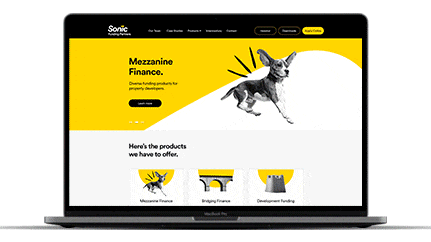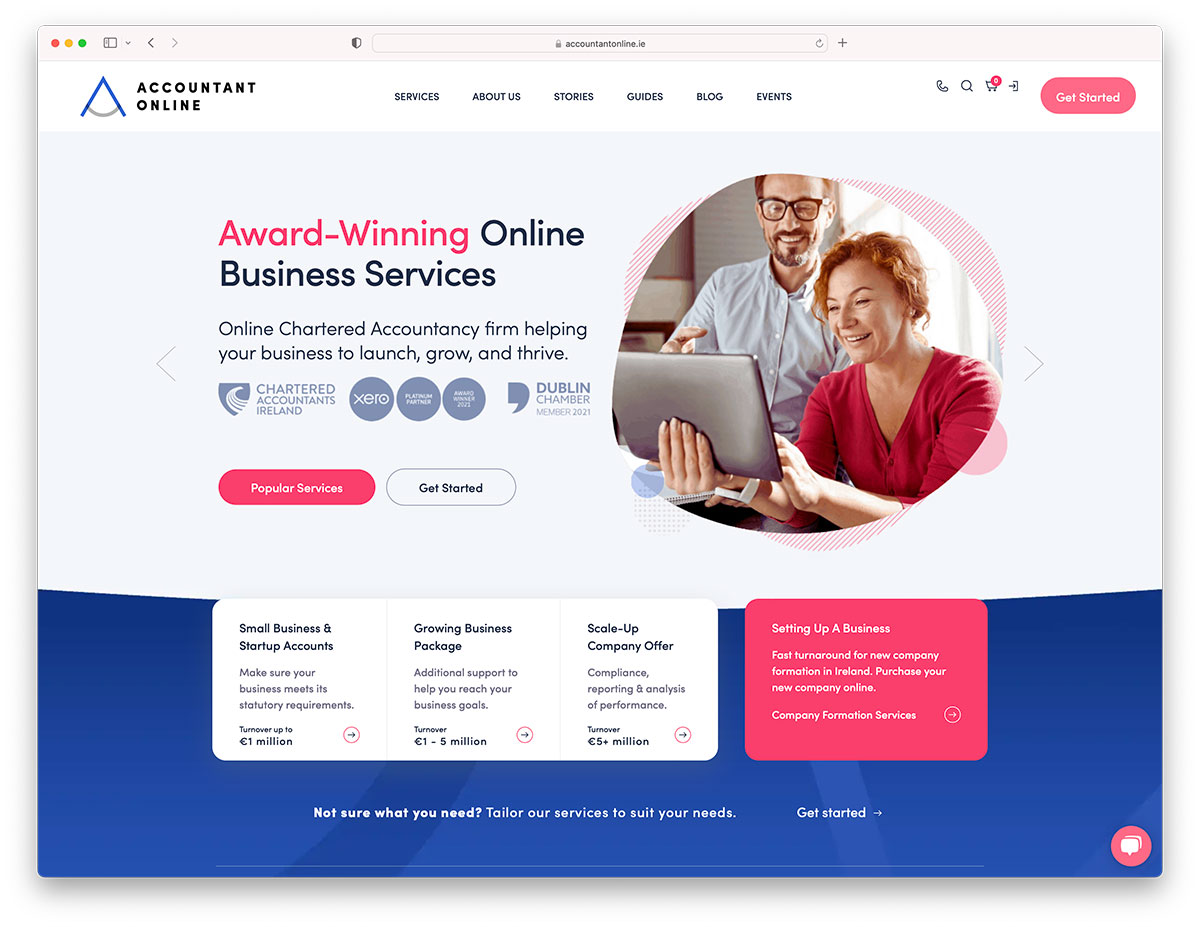Achieve Online Success With User-Friendly Site Layout
In the progressively affordable electronic landscape, the style of a site can be a crucial factor in determining an organization's success. User-friendly style not only improves the total customer experience but additionally influences essential metrics such as retention, conversion, and interaction prices.
Value of Customer Experience
User experience (UX) plays a crucial function in the success of a site, as it straight influences customer contentment and involvement. A favorable UX makes sure that site visitors can navigate the site easily, accessibility info rapidly, and full wanted actions, such as authorizing or making a purchase up for an e-newsletter, without frustration.
In an electronic landscape where competitors is tough, a site that prioritizes UX can substantially boost brand name loyalty and retention. Individuals are more probable to return to a website that supplies a seamless experience, producing a cycle of repeat check outs and raised customer lifetime value. Moreover, efficient UX layout can lower bounce prices, as customers are much less inclined to leave a website that satisfies their demands successfully.
Moreover, search engines significantly take into consideration individual experience aspects when ranking web sites. Aspects such as page load speed, mobile-friendliness, and instinctive navigation can affect a site's visibility in search engine result. By concentrating on UX, services not just improve consumer interactions yet also improve their on-line visibility and integrity. Thus, spending in individual experience is essential for attaining long-term success in the digital industry.
Trick Principles of User-Friendly Layout
An effective user-friendly layout rests on several key concepts that improve use and accessibility. First and leading is simpleness; a clutter-free user interface allows individuals to navigate effortlessly, reducing cognitive load. This principle highlights the relevance of clear and concise content, permitting individuals to locate information swiftly without unneeded disturbances.
Uniformity is another important component. Constant use colors, typefaces, and designs fosters experience and develops count on. Individuals ought to really feel comfortable as they check out various sections of the web site, recognizing that comparable components represent associated capabilities.
Effective typography additionally plays an essential function in easy to use design. Legible typefaces, ideal dimensions, and sufficient spacing ensure that material is quickly understandable across various tools. In addition, integrating instinctive visual power structures aids users recognize essential details and activities at a glance.

Crucial Attributes for Navigating
Reliable navigating is vital for any type of easy to use site, as it straight affects the general customer experience. A well-structured navigating system enables users to situate details rapidly and effectively, lowering frustration and increasing involvement.
One necessary attribute is a clear and instinctive menu that classifies material realistically - click now website design copyright. This menu ought to be easily accessible from every web page, often placed at the leading or on the side of the internet site. In addition, incorporating breadcrumb navigation aids users comprehend their location within the website power structure and makes it less complicated to backtrack
Search functionality is another essential element, enabling users to locate specific web content without sorting through several pages. This feature should be plainly shown and receptive to variants in input.
Moreover, a mobile-responsive layout guarantees that navigation continues to be smooth across tools. As mobile use continues to rise, menus must adapt to different display dimensions without compromising capability.
Lastly, aesthetic hints such as highlighting the active page and using hover effects can enhance individual interaction. By incorporating these important features, site designers can create a navigational experience that is not just user-friendly yet additionally motivates exploration and retention.
Ease Of Access Factors To Consider
Availability factors to consider are essential to developing an user-friendly internet site that deals with all people, regardless of their disabilities or capacities (website design copyright). Internet sites should be created useful reference to make certain that customers with visual, acoustic, cognitive, or motor problems can engage with material efficiently. This begins with adherence to the Internet Material Access Guidelines (WCAG), which offer a structure for making digital material a lot more accessible
Trick methods include using detailed alternative text for pictures, guaranteeing shade comparison proportions meet accessibility requirements, and offering captions for multimedia elements. In addition, the navigation should be intuitive, permitting customers to tab via links and interactive elements easily. Implementing key-board navigation is critical for those not able to use a computer mouse.
Moreover, concise and clear language improves understanding for individuals with cognitive limitations. Kinds ought to be straightforward, with labels and guidelines that are understandable. Normal access screening, consisting of individual feedback from people with impairments, can assist boost and determine obstacles usability.
Gauging Style Success

Customer comments studies and usability screening are vital in evaluating the efficiency of layout aspects. These methods allow developers to gather direct input from customers, identifying pain factors and locations for renovation. In addition, tracking heatmaps can these details expose where users click most frequently, helping to notify layout adjustments and content prioritization.
Analytics devices play an important function in measuring design success by giving data-driven insights. As an example, Google Analytics can track user actions, disclosing patterns that show whether the design is impeding the customer or facilitating journey. Inevitably, an effective website style not only fulfills service objectives however likewise fosters a seamless and delightful individual experience, driving interaction and loyalty in time. Frequently taking another look at these metrics guarantees that the web site evolves abreast with customer demands and market best techniques.
Final Thought
Focusing on individual experience with simpleness, instinctive navigating, and efficient feedback systems not only improves individual interaction and complete satisfaction yet also cultivates brand loyalty. Integrating essential navigation features and availability factors to consider better makes sure that all individuals can effectively engage with the site.
Sites have to be made to guarantee that individuals with visual, auditory, cognitive, or electric motor impairments can involve with material properly.Determining design success involves examining just how successfully a web site satisfies its designated objectives while supplying a positive customer experience. Google Analytics can track individual actions, exposing patterns that suggest whether the layout is promoting or hindering the customer journey. Inevitably, a successful web site design not just meets service objectives yet additionally cultivates a smooth and delightful user experience, driving involvement and commitment over time. Prioritizing individual experience with simplicity, user-friendly navigating, and reliable comments mechanisms not just boosts individual engagement and fulfillment however likewise fosters brand name commitment.